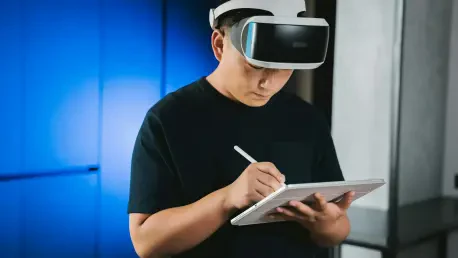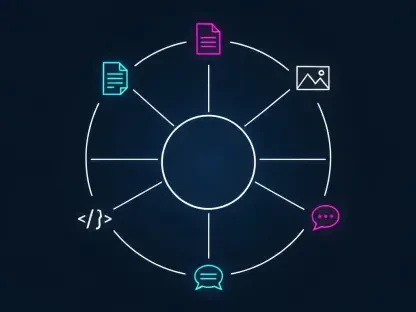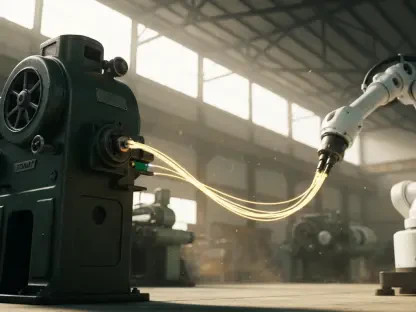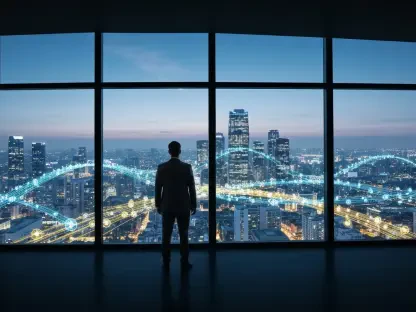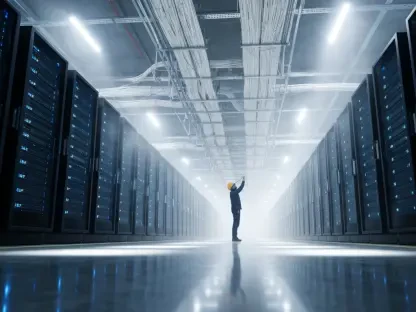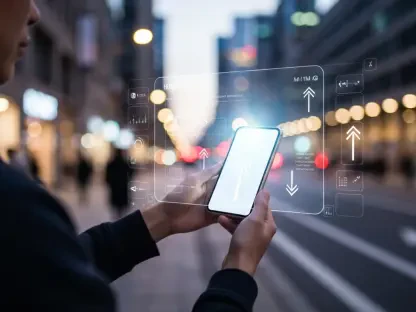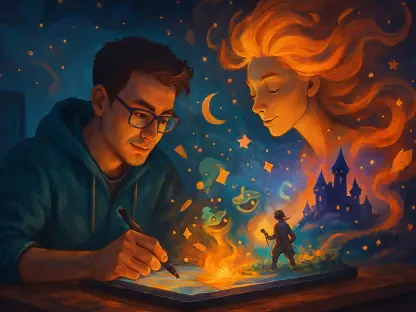In the bustling realm of graphic design, a technological advancement is quietly redefining creativity as the couplet of AI and creative tools presents immense potential, reshaping the way users approach design tasks. As AI innovations permeate platforms like Canva, the integration of Veo 3 video generation technology marks a watershed moment. This evolution is not just an upgrade—it transforms simple tasks into intuitive experiences, promoting inclusivity in design. This article explores the current landscape, expert insights, and future prospects of AI-powered creative tools.
Current Landscape of AI-Powered Creative Tools
Adoption and Growth Trends
AI-powered creative tools are steadily gaining traction across diverse industries, showing promising growth rates. Over recent years, platforms like Canva have seen an explosion in user engagement with AI features, contributing to the multibillion-dollar global market for creative AI solutions. Reports indicate that the deployment of AI-enhanced tools in the creative industry saves significant time and resources, enabling companies to focus on innovation rather than repetitive tasks. This growth is underpinned by a desire to democratize design, allowing users with varying skill levels to perform complex tasks effortlessly.
Real-World Applications and Case Studies
Canva stands as a beacon in this technological movement, seamlessly integrating AI with its design platform. Through its Magic Studio, Canva offers tools like Magic Translate and Magic Photo Editing, which epitomize efficiency and creativity. Notably, the recent introduction of AI-generated video clips via Veo 3 allows users to integrate sophisticated audio-visual components with ease. This integration not only challenges traditional design hurdles but also fosters an environment where creativity is no longer constrained by technical proficiency. Companies like Canva are pushing the boundaries of what’s possible, ensuring that AI aids rather than impedes the creative process.
Expert Insights on AI in Creative Industries
Duncan Clark, Head of EMEA at Canva, emphasizes that AI should serve as an empowerment tool rather than a standalone replacement for creatives. His perspective suggests a balance between leveraging AI to simplify workflows and preserving the intrinsic value of human creativity. According to industry thought leaders, the greatest potential lies not in AI’s ability to usurp human jobs but in its transformative power to elevate them. As technology advances, collaboration between AI and humans is paramount, creating a harmonious blend that maximizes productivity and innovation.
Moreover, experts emphasize that while AI reduces menial tasks, it cultivates an environment where creative professionals can focus on strategy and ideation. By automating routine processes, AI frees up valuable time and resources, encouraging a shift toward more strategic and impactful creative pursuits. Thus, AI in creative industries is poised not just as a facilitator but as an indispensable partner that can augment human capabilities and foster unprecedented creative outcomes.
Future Prospects and Challenges
Looking ahead, AI-powered creative tools hold the promise of enhanced productivity and new creative possibilities. The trajectory suggests further integration of AI into multifaceted media platforms, amplifying user experiences across design, communication, and content creation. Despite the optimistic outlook, challenges such as data privacy concerns and the need for continuous innovation present hurdles that must be navigated. These tools also raise questions about intellectual property rights and the ethical implications of machine-generated content. Nonetheless, the potential benefits, such as reduced overheads and democratized access to design resources, indicate a promising future for AI in creative industries.
The relentless pace of AI advancements will likely unearth novel applications and improvements, driven by ongoing research and development. As AI continues to evolve, it will be critical to ensure that advancements align with ethical standards and societal values, fostering an inclusive ecosystem that enhances rather than detracts from human creativity.
Conclusion and Forward-Looking Thoughts
In summary, AI-powered creative tools have heralded a transformative shift in the design industry. By facilitating the seamless integration of innovative technologies, platforms like Canva have made significant strides in enhancing creative processes. AI’s role as an ally, not an adversary, underscores its significance in modern design. As advancements in AI technologies continue, the future points to collaborative and enriched creative experiences. This trend towards AI augmentation signifies a step forward in realizing inclusive, intuitive design paradigms that harmonize with human creativity, paving the way for a dynamic, innovative future across various creative domains.
